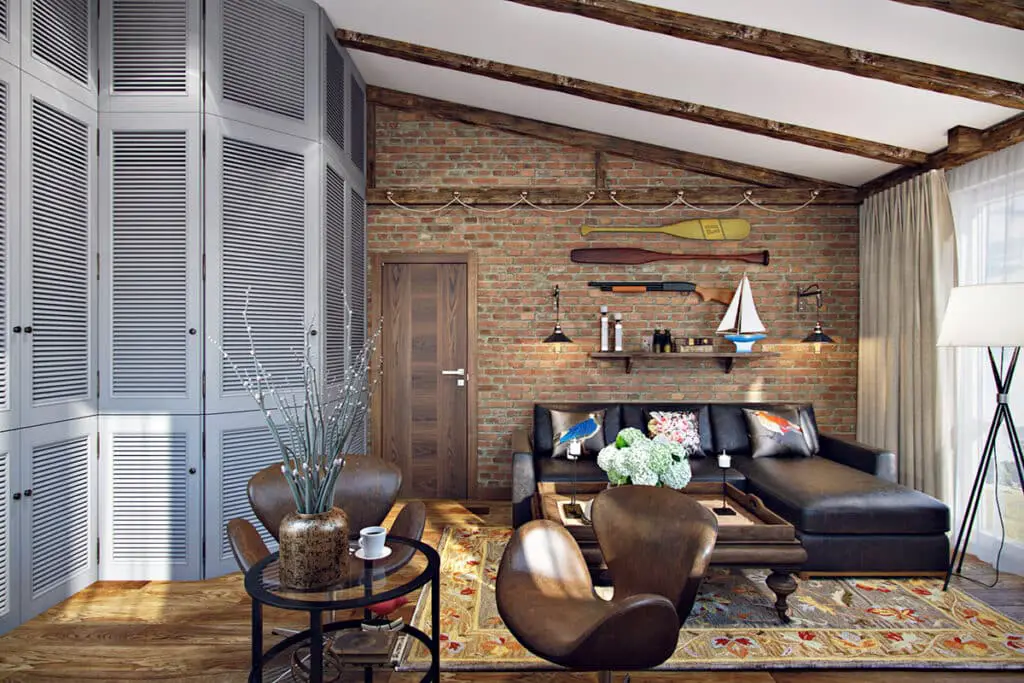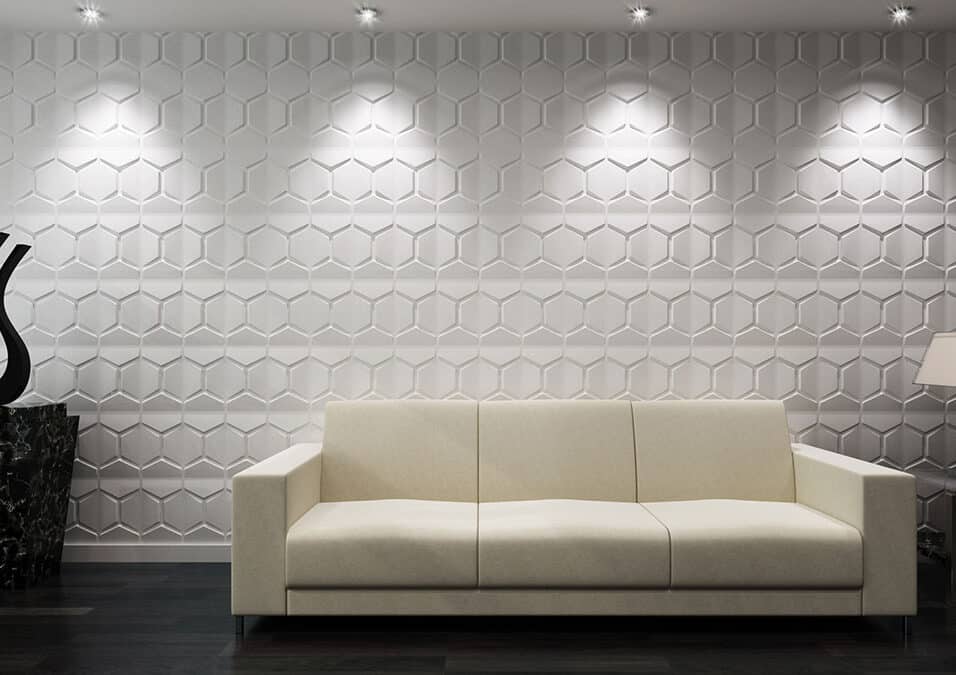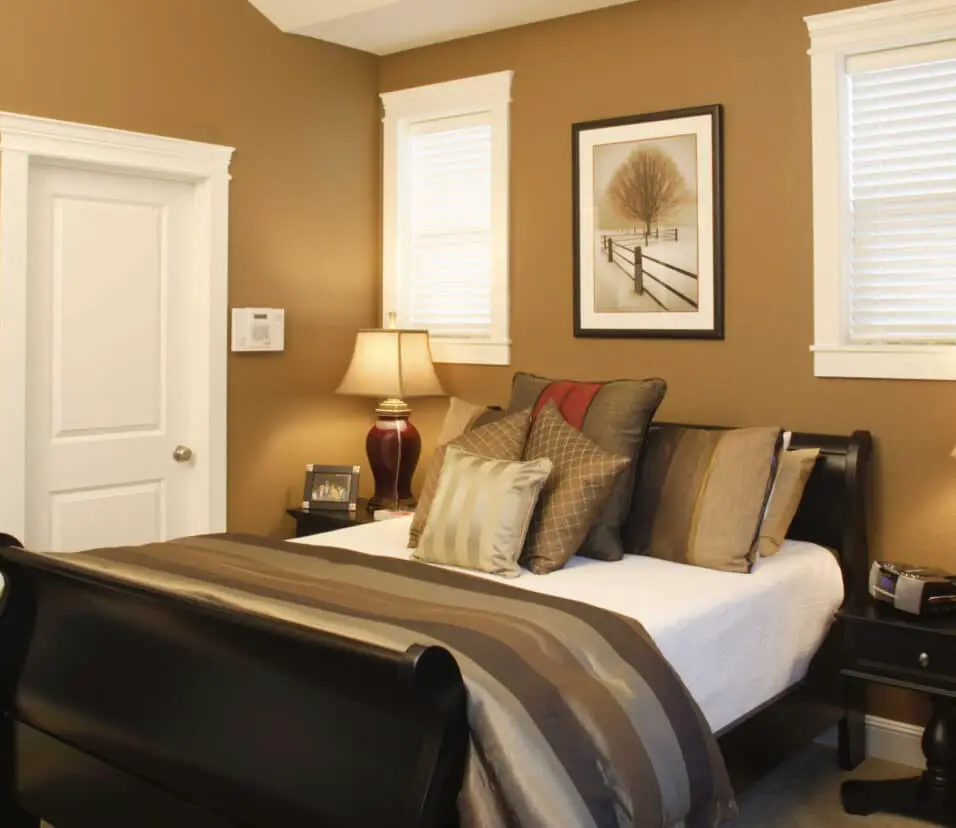How To Insulate Interior Cinder Block Walls
Introduction
How To Insulate Interior Cinder Block Walls: When it comes to creating a comfortable and energy-efficient living space, proper insulation is a key factor that should not be overlooked. If you find yourself dealing with interior cinder block walls, you might be facing challenges related to heat loss, moisture penetration, and overall comfort. Insulating these walls can significantly improve the thermal performance of your home, making it more pleasant to live in while also reducing energy bills.
Insulating interior cinder block walls involves a few essential steps to ensure that the process is effective and durable. In this guide, we will explore the various insulation options available, highlight the benefits of insulating cinder block walls, and provide a step-by-step approach to tackling this project.
One of the primary goals of insulate interior cinder block walls is to create a barrier that prevents heat from escaping during colder months and entering during warmer months. This not only maintains a comfortable indoor temperature but also reduces the strain on your heating and cooling systems. Additionally, insulation helps mitigate moisture-related issues by acting as a vapor barrier, preventing condensation and potential mold growth.
Before you begin, it’s crucial to evaluate the existing conditions of the walls and choose an insulation material that suits your needs. There are several insulation options available, including foam board, spray foam, and traditional batt insulation. Each type comes with its own benefits and considerations, such as R-value, installation method, and moisture resistance.
In the following sections, we will delve into the specifics of each insulation type, discuss the tools and materials required for the project, and provide a to insulating interior cinder block walls effectively. By following these guidelines, you can enhance the energy efficiency, comfort, and overall livability of your home.

How do you insulate inside a cinder block?
Insulation Techniques for Block Walls
Insulation can be installed inside the CMU block wall, on the exterior side of the block, or on the interior side of the wall. Some contractors choose spray foam, blow-in, or injection-type insulations for concrete block walls.
Insulating the interior of cinder block walls involves several steps to effectively create a thermal barrier. Begin by thoroughly cleaning the cinder block surface to ensure proper adhesion of insulation materials. Then, apply a vapor barrier, such as a plastic sheet, to prevent moisture intrusion. Next, you can choose from insulation options like foam board, spray foam, or batt insulation.
For foam board insulation, cut the boards to fit snugly between the cinder blocks, affixing them with adhesive specially designed for foam. Alternatively, spray foam insulation can be applied directly onto the cinder blocks, expanding to fill gaps and cracks. Remember to wear protective gear and follow manufacturer instructions when using spray foam. Batt insulation involves installing fiberglass or mineral wool between wooden studs attached to the cinder block wall.
Seal any gaps with caulk or foam to prevent air leaks. Finally, you can cover the insulation with drywall or paneling. Proper insulation transforms cinder block walls into effective thermal barriers, improving indoor comfort and energy efficiency.
How do you insulate an internal block wall?
Internal wall insulation is done by fitting rigid insulation boards to the wall, or by building a stud wall filled in with insulation material such as mineral wool fibre. Internal insulation: Is generally cheaper to install than external wall insulation.
Insulating an internal block wall involves a systematic process to enhance thermal performance and indoor comfort. First, clear the wall surface of any debris or dirt. Apply a vapor barrier to prevent moisture intrusion, using a plastic sheet or specialized barrier material. Next, choose an insulation method: foam board, spray foam, or batt insulation.
For foam board insulation, cut the boards to fit precisely between the block wall and affix them using adhesive formulated for the material. Spray foam insulation can be directly applied to the block wall, expanding to fill gaps and cavities. Exercise caution and follow safety guidelines when handling spray foam.
Seal gaps with caulk or foam to prevent air leaks. Finish by covering the insulation with drywall or paneling. Proper insulation effectively converts internal block walls into efficient thermal barriers, significantly boosting energy efficiency and overall comfort within your living space.
Should I insulate cinder block basement walls?
Your area’s International Energy Conservation Code (IECC) requires mass walls—thick block, brick, stone, or adobe—to be R-10. Installing 2½-inch InSoFast panels will increase wall R-13 by 30%, exceeding the IECC standard.
Insulating cinder block basement walls is advised for many reasons. Basements lose heat due to their underground location and concrete blocks’ thermal conductivity.
Insulation reduces mold and water damage by preventing moisture entry. Proper insulation prevents condensation and moisture issues in basements by separating cold surfaces from warm, humid air.
Insulating basement walls reduces household heating and cooling costs by improving energy efficiency. If you plan to live in the basement, insulation can make it more comfortable and save utility expenditures.
Insulating basement walls requires the right material and moisture management techniques like vapor barriers. Quality installation and insulation will make your basement more comfortable, energy-efficient, and robust.
What is the best insulation for cinder block walls?
Masons mortar the long sides of the block, leaving holes in the middle and shorter ends, to build these walls. These perforations enable airflow, making injection foam a good insulation for concrete block walls.
The finest cinder block wall insulation relies on your needs and area. However, rigid foam board insulation is generally the best option. High R-value means it resists heat transfer through cinder block walls. Expanded polystyrene (EPS), extruded polystyrene (XPS), and polyisocyanurate foam board insulation have varied insulating and moisture resistance.
Spray foam insulation covers cinder block walls well and fills gaps and holes. Spray foam seals well, insulating and preventing air leakage. Professional installation is advised owing to specific equipment and safety concerns.
When correctly installed, fiberglass or mineral wool batt insulation can be effective. Using wooden studs on cinder block walls is popular. Choose the suitable R-value and install it properly to eliminate gaps that could impair its effectiveness.
The ideal insulation relies on your budget, R-value, moisture conditions, and professional installation if needed. An insulation specialist can help you make a tailored choice.
What are the primary challenges associated with interior cinder block walls in terms of insulation and comfort?
Interior cinder block walls present several challenges when it comes to insulation and comfort. Firstly, cinder blocks have a high thermal conductivity, allowing heat to easily transfer through the walls. This results in uncomfortable indoor temperatures and energy inefficiency, as heating or cooling systems must work harder to maintain a consistent climate. Moreover, cinder blocks are susceptible to moisture penetration, leading to potential mold growth and deterioration of the insulation material.
Creating a comfortable living environment also becomes challenging due to the lack of inherent insulation in cinder blocks. Cold surfaces formed by the blocks can create uncomfortable indoor conditions, especially during colder months. Insufficient insulation can also lead to drafts and uneven temperature distribution within the space.
In the absence of proper insulation, indoor air quality can suffer, as moisture-related issues and temperature fluctuations can foster allergens and pollutants. Addressing these challenges requires selecting appropriate insulation materials and techniques to effectively counteract heat loss and moisture infiltration. Properly insulating interior cinder block walls can transform them into effective thermal barriers, enhancing comfort, energy efficiency, and overall livability within the space.
Could you explain the key benefits of insulating interior cinder block walls for homeowners?
Insulating interior cinder block walls offers homeowners a multitude of significant benefits. Foremost, insulation improves thermal performance by preventing heat transfer through the walls, resulting in more consistent indoor temperatures and reduced reliance on heating and cooling systems. This translates to lower energy bills and enhanced energy efficiency, leading to substantial long-term savings.
Additionally, insulation acts as a barrier against moisture infiltration, safeguarding the home against potential mold growth and water damage. It contributes to better indoor air quality by reducing the chances of allergen accumulation and pollutants that thrive in damp environments.
By insulating cinder block walls, homeowners can create a more comfortable living environment throughout the year. The insulation helps mitigate cold spots and drafts, ensuring a cozy atmosphere during winter and summer alike. Moreover, enhanced comfort can make interior spaces more enjoyable for everyday living or repurposing basements into habitable areas.
Overall, insulating interior cinder block walls represents an investment that pays dividends through improved comfort, energy savings, moisture control, and increased property value, making it a prudent choice for any homeowner seeking to enhance the quality of their living space.
What factors should be considered when selecting an insulation material for interior cinder block walls?
When choosing an insulation material for interior cinder block walls, several crucial factors must be taken into consideration. First and foremost is the insulation material’s thermal performance, quantified by its R-value. Higher R-values indicate better resistance to heat transfer, crucial for effective insulation of cinder block walls.
Moisture resistance is paramount due to cinder block walls’ vulnerability to water infiltration. Opt for materials that have good moisture resistance properties, preventing mold growth and degradation. Compatibility with vapor barriers is also important to manage potential condensation.
Ease of installation and compatibility with the wall’s structure should not be overlooked. Some materials, like foam boards or batt insulation, require specific installation methods and may require additional framework. Spray foam insulation is versatile, fitting into irregular spaces and sealing gaps effectively.
Longevity and durability are key considerations. Choose materials that won’t deteriorate over time or lose their insulation properties. Environmental impact is another aspect; consider eco-friendly options with minimal negative impact.
Lastly, budget constraints are a practical concern. Some insulation materials are costlier upfront but offer significant long-term savings due to enhanced energy efficiency. It’s important to find a balance between cost and insulation performance that aligns with your needs and priorities.
What is the significance of using a vapor barrier when insulating interior cinder block walls, and how does it contribute to the insulation process?
How To Insulate Interior Cinder Block Walls A vapor barrier is a crucial component when insulating interior cinder block walls as it plays a pivotal role in preventing moisture-related issues and enhancing the overall effectiveness of insulation. Cinder block walls are susceptible to moisture infiltration due to their porous nature, which can lead to condensation, mold growth, and even structural damage. A vapor barrier acts as a protective layer, preventing moisture from migrating through the wall and into the insulation.
By placing a vapor barrier on the warm side of the insulation (facing the interior of the living space), it prevents warm, humid indoor air from reaching the cooler cinder block surface where condensation can occur. This barrier also safeguards the insulation material itself, preserving its R-value and thermal performance over time.
Furthermore, the vapor barrier contributes to maintaining a healthier indoor environment by reducing the risk of mold growth, which can adversely affect air quality and inhabitants’ health. In essence, a properly installed vapor barrier ensures that insulation works optimally by minimizing the potential for moisture-related problems and creating a more comfortable, energy-efficient, and durable living space.

Conclusion
How To Insulate Interior Cinder Block Walls Insulating interior cinder block walls is a proactive and rewarding step towards creating a more comfortable and energy-efficient living environment. By effectively mitigating heat loss, moisture infiltration, and temperature fluctuations, you not only enhance the comfort of your home but also contribute to reducing your energy consumption and utility bills.
The choice of insulation material should be based on factors such as R-value, installation ease, moisture resistance, and budget considerations. How To Insulate Interior Cinder Block Walls Whether you opt for foam board, spray foam, or traditional batt insulation, each type has its advantages and can greatly improve the insulation performance of your cinder block walls.
As you embark on this insulation journey, proper preparation, careful installation, and attention to detail are vital. Ensuring a snug fit, addressing gaps and seams, and installing vapor barriers correctly will all contribute to the success of the project. Additionally, seeking professional guidance when needed can help you navigate potential challenges and ensure optimal results.
By insulating your interior cinder block walls, you invest in a more sustainable and comfortable home for years to come. The benefits of reduced energy consumption, enhanced indoor air quality, and improved overall livability make this endeavor a valuable undertaking.








